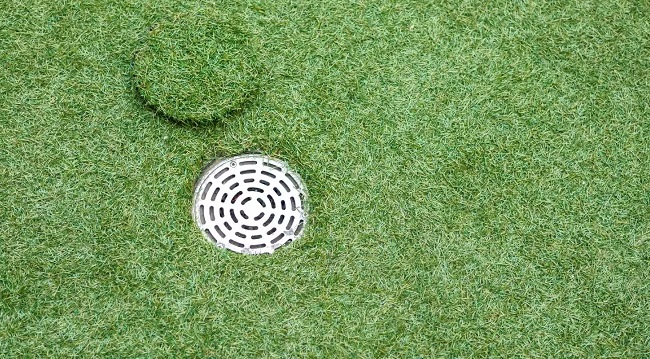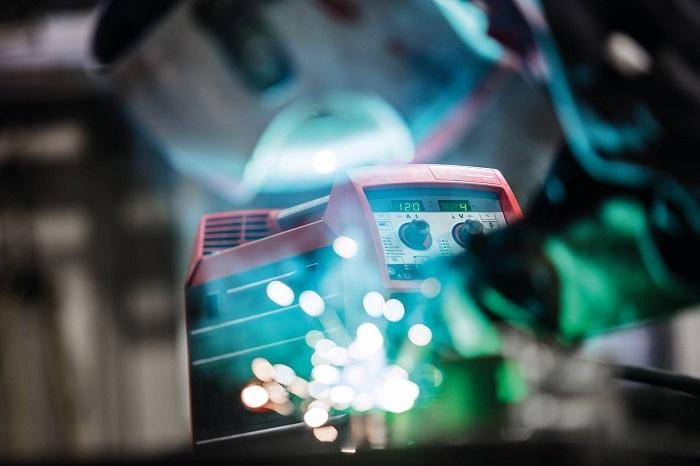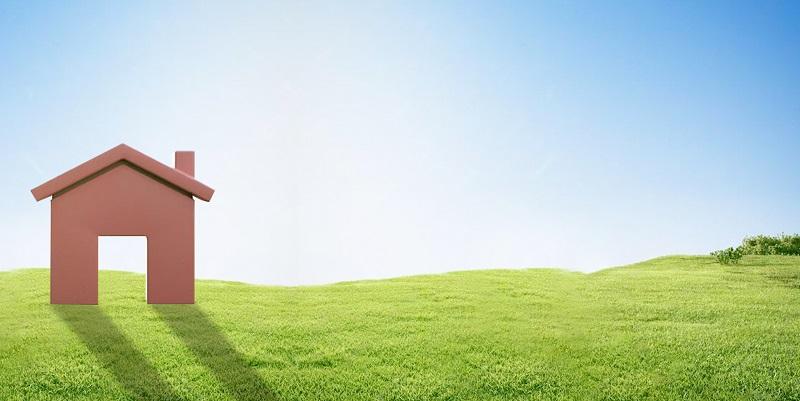How Does the Drainage System Operate in Installations of Artificial Grass
The cheap maintenance, aesthetic appeal, and year-round green look of artificial grass have helped it become very popular in recent years. A good drainage system is crucial to the performance of artificial grass installations in home lawns, business areas, and sports grounds. Artificial grass needs a good drainage system, as opposed to real grass, which absorbs water, to keep the surface dry and functioning. We shall examine how the drainage system in artificial grass installations works in the following article.

The Need for Drainage
A foundation made of crushed stone, compacted dirt, or specific filler materials is often used to install artificial grass. Because these bases do not absorb water the same way that real soil does, appropriate drainage is crucial. To avoid the development of puddles and waterlogging, it is necessary to effectively channel away rainwater as well as any liquids used for cleaning or spills. Water can damage grass fibers, promote bacterial development, and create an ugly and useless area if it is allowed to collect on the surface.
Permeable Base Materials
Drainage is greatly influenced by the artificial grass installation's base. To make it easier for water to travel through, a permeable foundation material, such crushed stone or permeable concrete, is often employed. These materials are spaced apart to allow water to travel downhill and avoid collecting on the surface. By enabling water to pass through and spread into the earth below, this sort of foundation encourages effective drainage.
Built-in Drainage Systems
Many artificial grass installations have built-in drainage systems in addition to the permeable foundation to improve water disposal even further. These systems are made up of several channels or pipes with perforations that are buried under the lawn. Gravel or some similar material around the pipes helps collect and transmit the water. The perforated pipes catch the water that seeps through the grass and route it away from the installation location. This keeps the foundation from being saturated and guarantees that even after significant rain, the surface will stay dry and functional.
Drainage and Infill
A substance called infill is often layered between the blades of fake grass to provide support, cushioning, and stability. Additionally, infill might aid in the drainage process. Some infill materials are designed to be permeable, enabling water to flow through and reach the drainage system underneath. This makes it easier to quickly remove extra moisture from the grass surface.
Regular Maintenance for Optimal Drainage
The drainage system in an artificial grass installation is effective, but it needs frequent maintenance. Over time, leaves, trash, and grime may assemble on the surface and hinder the flow of water. These clogs may be removed with frequent brushing and infrequent washing, which will enable the drainage system work as it should.
Conclusion
An efficient drainage system is a necessary component for artificial grass installations to ensure the durability and operation of the surface. When planning and executing an artificial grass install for your garden, sports field, or commercial site, prioritize the drainage system. You'll make sure your artificial grass installation is a testimony to both aesthetic appeal and useful functioning if you do this.










Comments